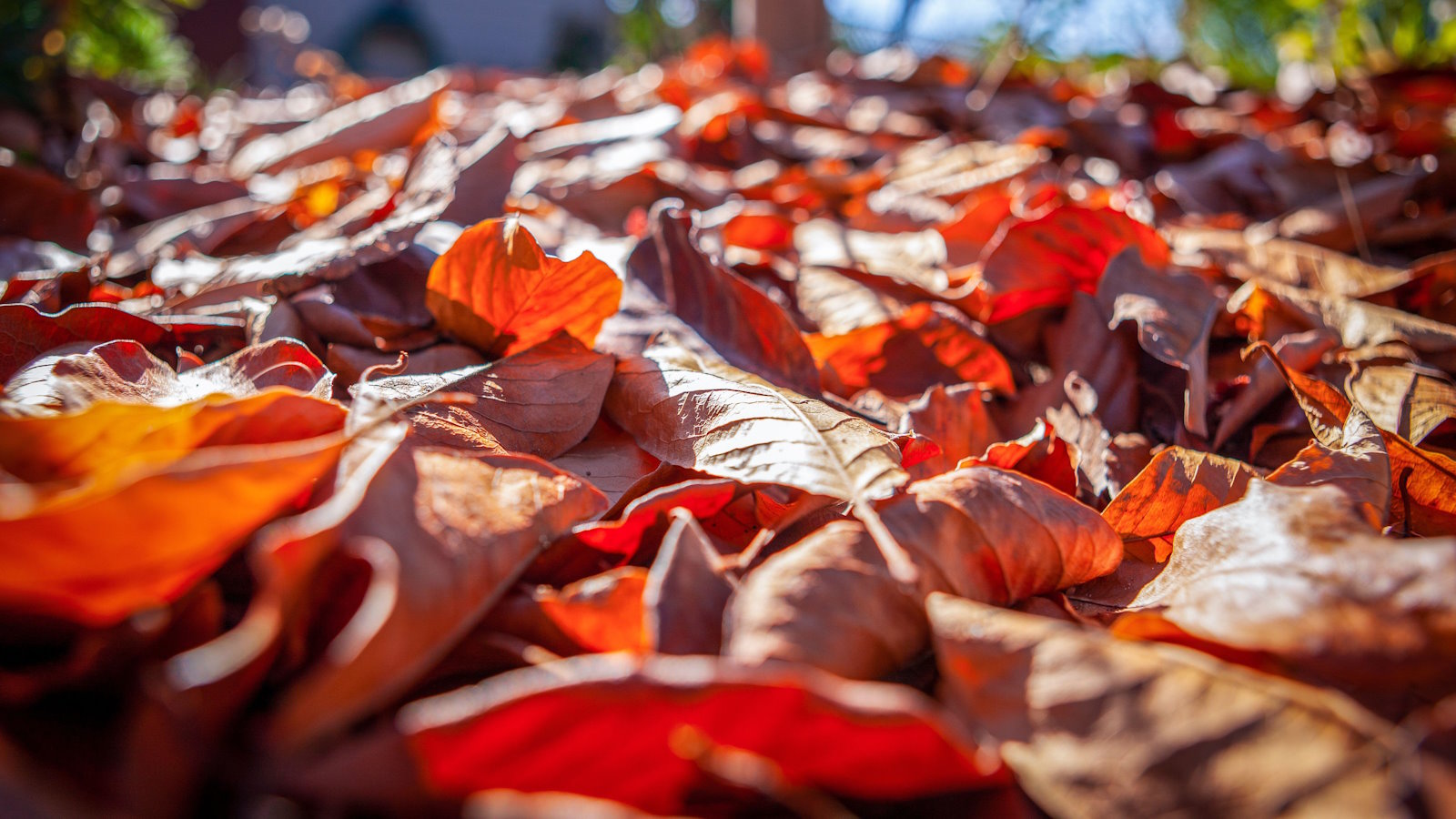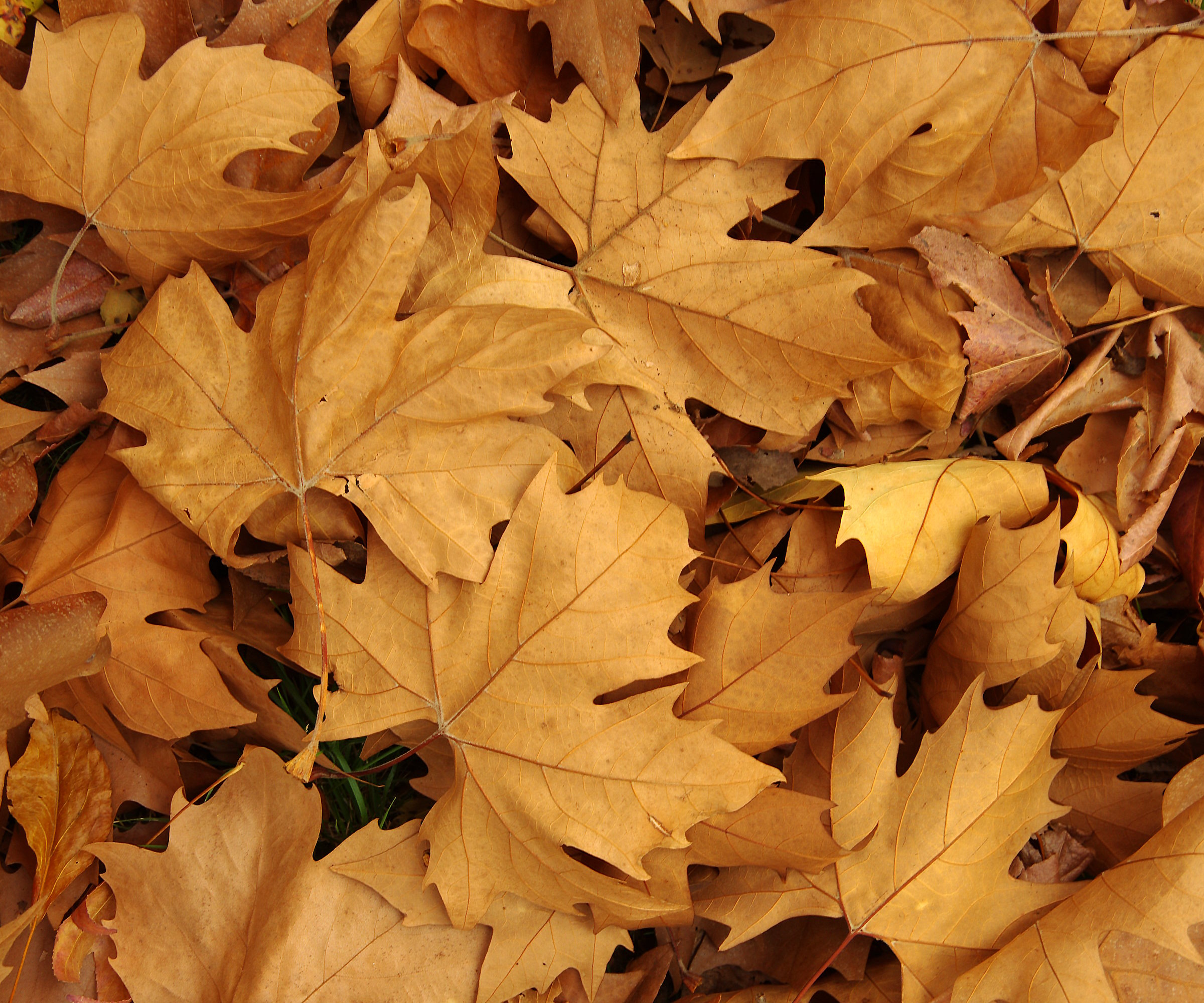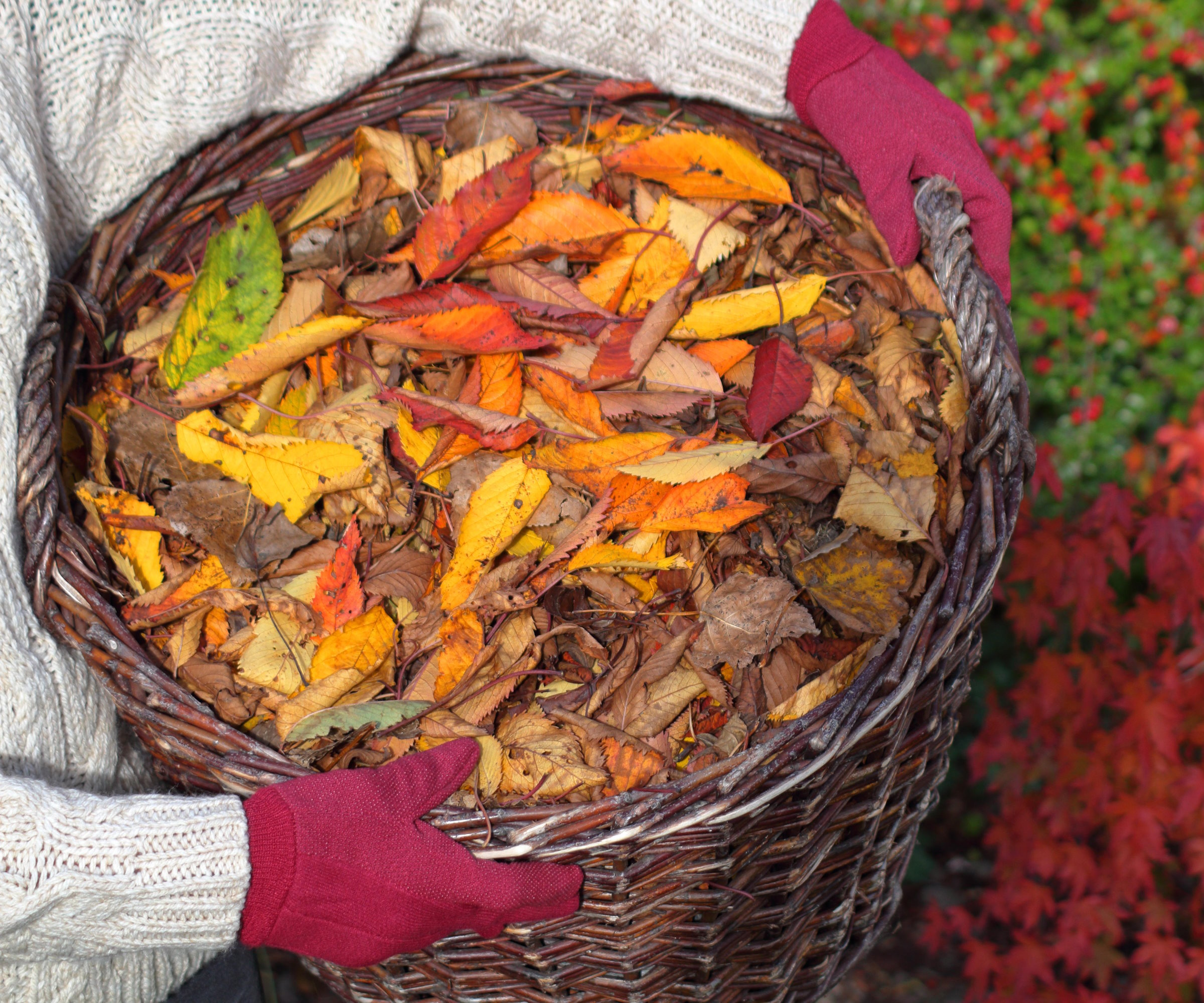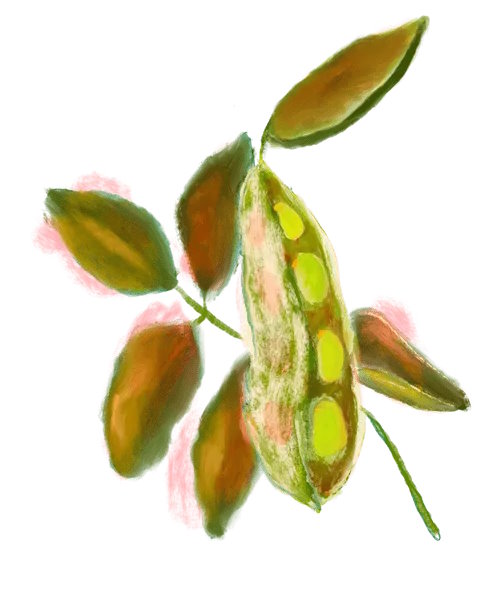What to do with fallen leaves – why not use them to protect your plants in winter?
Leaves are a free natural resource and offer an easy way to boost your garden and shelter tender plants from winter weather


The annual dropping of leaves in fall sees deciduous trees release their coppery foliage to the ground, so why not take advantage of this free natural resource? Fallen leaves can be used to improve soil, make compost, and also to protect plants from the wrath of winter.
Fallen leaves can insulate a wide range of plants from the cold weather. When they are used as a mulch, not only are they providing a protective layer but one that looks attractive and also feeds the soil as it breaks down.
Collecting fallen leaves and repurposing them to benefit your garden should be on every gardener’s fall gardening checklist. It is a great annual opportunity to reap the rewards of nature, so before you bag them up, consider these ways you could put them to good use.

Fallen leaves can provide valuable insulation to plants during cold months
How to use fallen leaves in the garden
When most people think of what to do with leaves in the fall, a first thought might be making leaf mulch by collecting the leaves and letting them decompose for a year before adding them to the garden. This type of leaf mold is so simple and it can be used to add fertility and improve the structure of any soil type. You may also think of adding the leaves to a home compost system - also a great idea.
However, fewer people realise that leaves have the potential to be used as a protective mulch or insulating layer for plants. To help when you are planning your fall gardening jobs, we take a look at how these leaves can be used to protect plants over the cold months.

Fallen leaves are incredibly useful in the garden
A thin mulching layer on beds and borders
You can use leaves to add a protective layer for a range of plants, and this can be added straight on top of the soil in fall to mulch flower beds and borders. The leaves provide a warm, insulating layer to protect plants from the winter weather, such as extreme temperatures or hard frosts. As well as offering this vital protection to the plants, the leaf mulch will also retain soil moisture, prevent erosion during the colder months, and also add nutrients to the soil as it breaks down.
Using leaves on ornamental beds and borders traps heat and moisture to protect the root systems of plants from freezing conditions. This can be of particular importance to young or newly-planted shrubs that have not yet established a root system.
Design expertise in your inbox – from inspiring decorating ideas and beautiful celebrity homes to practical gardening advice and shopping round-ups.
As well as being used in borders, leaves can be utilized to mulch a vegetable garden during winter too. Ren Elizabeth from Eco Friendly Homestead says they add a layer of leaves every fall to help perennials survive through winter.
‘Certain perennials, such as artichokes, scarlet runner beans, passionfruit, and fennel benefit from a hearty application of leaf mulch to keep their roots insulated during the colder months. In this way, you can push the natural limits of your growing zone without needing to have a greenhouse,’ says Ren.
‘I also have successfully mulched winter-grown garlic with autumn leaves, which saved me some money from needing to buy my typical organic garden straw.’
It is better to chop up the leaves before spreading them. They can be shredded using a gas or electric lawn mower, strimmer, or be chopped by hand using a pair of shears, such as these hedge shears available at Amazon. Mike Lansing from Planters Digest advises: ‘It's crucial to first shred the leaves because when they are used whole, they can block water from reaching the root zones of plants.’
A good layer of chopped up leaves on beds or borders will be around two-to-three inches thick. Try to avoid putting a layer so thick that it will potentially suffocate plants underneath or increase the risk of rot or fungal growth. Flowers or spring bulbs will be fine poking their heads through a couple of inches of chopped leaves, but may struggle with a thick layer.

Mike Lansing is the co-founder and managing director of Planters Digest, and a certified garden designer, who turned a passion for plants into a thriving business. With over 10 years in the corporate world, he made a career shift to pursue gardening, earning a Certificate in Garden Design from George Brown College.

Ren Elizabeth is the steward of a 5 acre homestead, where she tends to gardens, goats, and greenhouses. She is a firm believer in the importance of regenerative gardening as a nature-based solution to climate change. She is the author of the educational blog, ecofriendlyhomestead.com, where she shares information on environmentally sustainable ways to grow food.

Fallen leaves should be spread only a couple of inches thick
Thicker piles of leaves to protect tender perennials
Thicker layers of fallen leaves can be put around the base of trees and shrubs to insulate their roots. This can also help to insulate more delicate plants in colder US hardiness zones during their dormancy periods. Any plants that are particularly sensitive to winter cold can be protected by a screen or cage that is filled with leaves to protect them and to give the plant a warm and stable environment during the winter.
When I worked in a garden in the Midlands region of the UK, which was zone 8, we used fallen leaves to protect several tree dahlias that were not fully hardy to our climate. These plants needed at least a six inch covering of mulch to protect them over our winters. We made wire cages around the plants that were stuffed with fallen leaves to keep the tree dahlias insulated during the winter months.
Regular dahlia plants, often grown as a striking cut flower, will also benefit from a thicker mulch over winter, when grown in colder climates. These ornamentals can be covered with a six inch thick protective layer of leaves to protect the tubers from harsh frosts. This means you can overwinter dahlias in the ground rather than having to lift tubers and replant them every year.
FAQs
Will fallen leaves kill grass?
Removing leaves as part of any winter lawn care is important as thick layers of fallen leaves can kill the grass underneath them. A layer of matted leaves in fall or winter can block the sunlight from getting to the grass underneath, preventing oxygen from penetrating and essentially suffocating the grass.
Fallen leaves left for more than a week on the lawn risk starting to damage the health of the grass. So try to make leaf removal an important part of your lawn care in fall.
How long does it take for leaves to decompose?
Leaves can take 6-12 months to decompose, but it is dependent on the type of leaves and some can take two years to fully break down. If you do shred the leaves before adding them to the garden or the compost, then this will dramatically speed up the decomposition process.
Can I just mow over my leaves?
Leaves can be mowed to chop them up and then they can be left on the lawn to break down and provide nutrients into the soil. This can be a less labor intensive way of preventing a thick layer of leaves building up and damaging a lawn. Simply run over the leaves with a mulching lawnmower, or a normal lawn mower with the collecting bag removed, a few times to chop them into small pieces and leave them to decompose and benefit the lawn.
What happens if you don't clean up leaves?
As well as smothering lawns and killing them due to a lack of light, piles of decomposing leaves on a lawn can also attract pests and become a breeding ground for fungal diseases. For example, snow mold is one particular fungal issue that can develop on rotting leaves and then cause brown patches on your lawn.
If you are planning what to do with leaves in the fall, there are different ways to get rid of leaves. Some people may prefer the more physical act of raking and collecting them, while others often opt for mechanical assistance and use a leaf blower - such as this leaf blower, leaf vacuum, and mulcher available at Amazon. Whichever method you opt for, your plants and your soil will benefit from any time spent gathering this precious resource.

Drew has worked as a writer since 2008 and was also a professional gardener for many years. As a trained horticulturist, he worked in prestigious historic gardens, including Hanbury Hall and the world-famous Hidcote Manor Garden. He also spent time as a specialist kitchen gardener at Soho Farmhouse and Netherby Hall, where he grew vegetables, fruit, herbs, and cut flowers for restaurants. Drew has written for numerous print and online publications and is an allotment holder and garden blogger. He is shortlisted for the Digital Gardening Writer of the Year at the 2025 Garden Media Guild Awards.